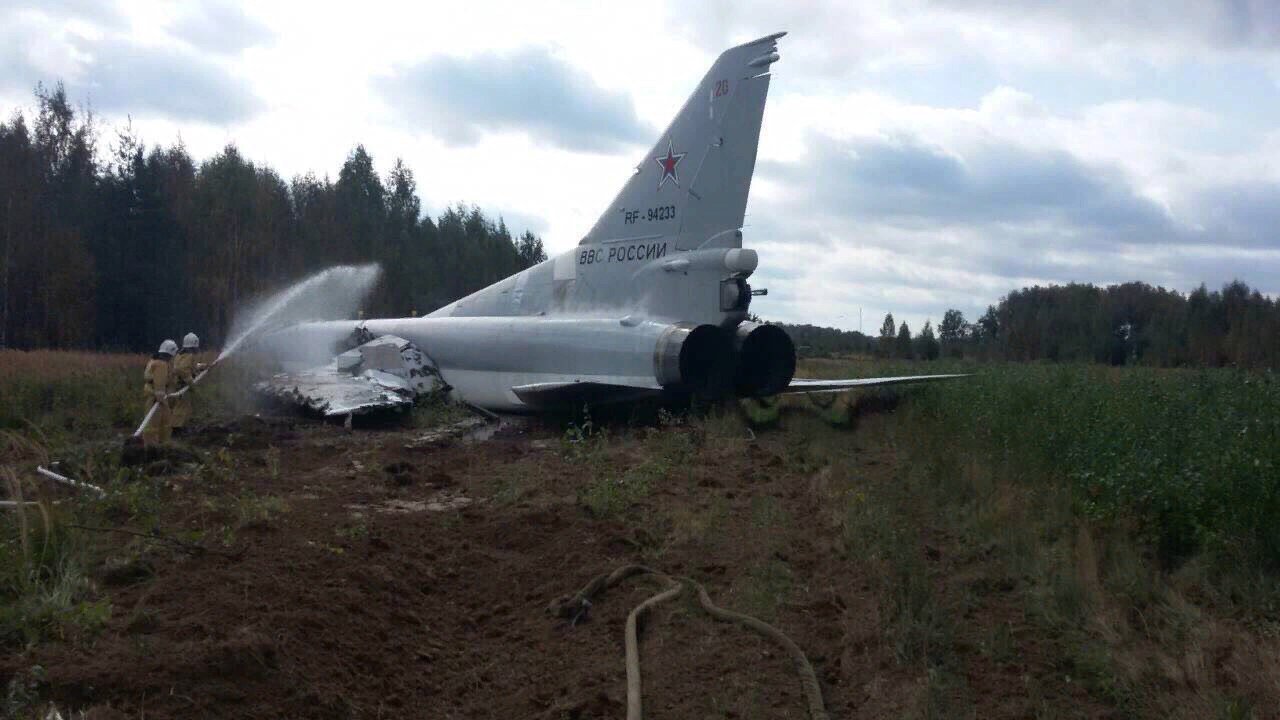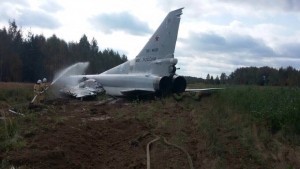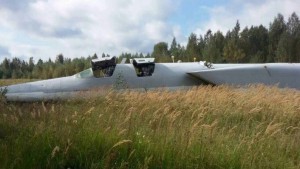On Sept. 14, 2017, a Russian Air Force Tu-22М3 RF-94233 / 20 “RED” suffered an incident when it overran the runway at Shaykovka airfield, in western Russia. On the very same date a flight of six Backfire bombers flew a mission over the Baltic Sea that, according to our sources, was probably aimed at simulating a naval attack on the Baltic Fleet.
The ADEX (Air Defense Exercise) was part of the larger “Zapad 2017,” the anti-terror military drills (with purely defensive aims according to the Russian MoD) taking place in Belarus and three regions in the western part of Russia from Sept. 14-20 and involving about 12.7K troops (including 7.2K of Belarusian troops, about 5.5K Russian troops and 3K of them – on the territory of Belarus), about 70 aircraft and helicopters, up to 680 pieces of military hardware including about 250 tanks, up to 200 guns, MLRSs and mortars as well as 10 warships.
The Tu-22 is a Soviet-era supersonic, swing-wing, long-range strategic and maritime strike bomber. It was developed during the Cold War and, with a range of about 6,800 kilometers and a payload of 24,000 kg, it is still considered a significant threat to many latest generations weapon systems: a fast platform to launch cruise missiles, conventional or nuclear weapons in various regional war scenarios.
Especially when it carries the Raduga Kh-22 (AS-4 ‘Kitchen’) long-range anti-ship missile, a 13,000-lbs a missile with a range of 320 nautical miles, the Tu-22 can be “useful” to aim at aircraft carriers and to pursue an anti-access/area denial strategy.
Along with launching air strikes on ISIS in Syria from mainland Russia (and Iran, in 2016), Tu-22s are particularly frequent visitors over the Baltic Sea where they often perform routine training flights, some times escorted by Su-27 Flanker aircraft, flying in international airspace without transponder, without establishing radio contact with any ATC agency: their presence there is taken pretty seriously as they carry out their mock attacks at day or night, flying at very high (or even supersonic) speed, making lives difficult for the NATO interceptors supporting the Baltic Air Policing (BAP) from the airbases in Lithuania and Estonia, that are scrambled to ID and shadow them.
Back to the runway overrun incident, the four crew members escaped the aircraft safely, as the reports and photos seem to confirm.
Ask me anything
Explore related questions







